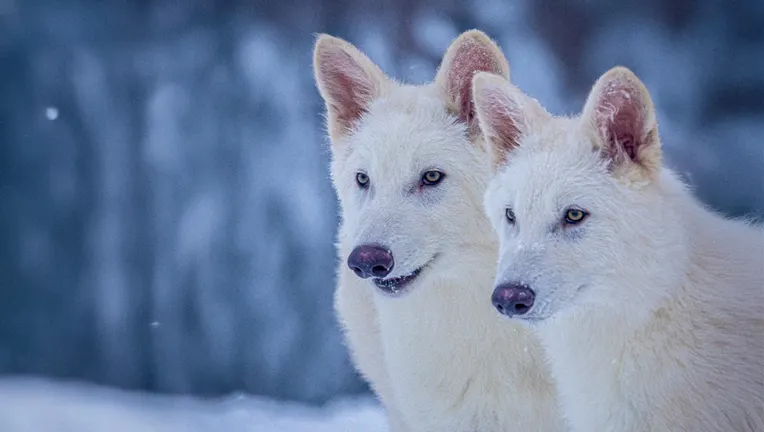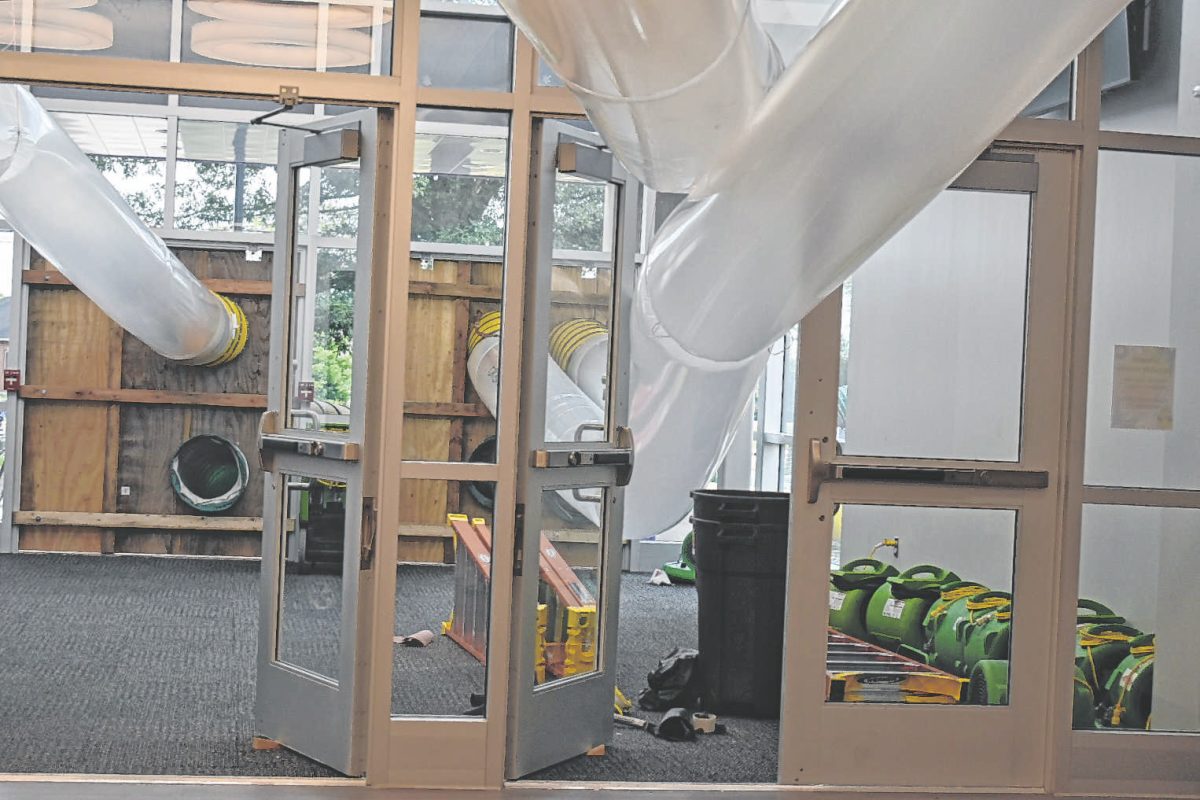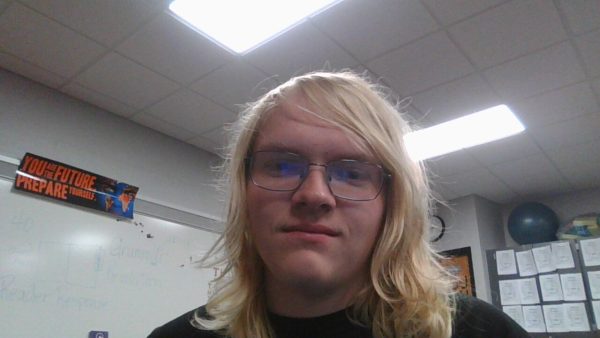For decades, scientists have speculated about the possibility of bringing back extinct species, but these ideas remained as theories and fiction. On October 1, 2024, biotech company Colossal Biosciences achieved the previously impossible; they used ancient DNA, cloning, and gene-editing technology to create three dire wolf puppies. The dire wolf was larger than the average gray wolf, with a stronger jaw. However, climate change and its prey going extinct led to the dire wolf going extinct over 10,000 years ago.
Colossal Biosciences, founded in 2021 by Harvard geneticist Ben Lamm, describes themselves as an “advanced genetics company.” Their goal is to protect endangered animals through a process known as de-extinction. The process of de-extinction involves cloning endangered species and splicing DNA to bring back previously extinct animals. Other extinct species that Colossal plans to return include the dodo bird and the woolly mammoth. Previous experiments involving mammoth DNA resulted in woolly mice, a brand new species.
Colossal also prides itself on being thoughtful and humane with their treatment of animals. The de-extinction process carefully eliminates risky edits that could have poor outcomes. The three dire wolf pups are living on a 2,000 acre site that is certified by the American Humane Society. Scientists created the pups by assembling full genomes from dire wolf fossils and using these genomes to alter gray wolf cells. After editing the gray wolf cells, scientists cloned the most promising cell lines and transferred them into donor eggs. The scientists then implanted healthy embryos into large hound dogs, which acted as surrogate mothers for the dire wolves. On October 1, 2024, two male wolves were born, and a female pup was born in January 2025.
While the return of the dire wolf is a scientific marvel, the pups do not have full dire wolf genetics. Love Dalén, an advisor to Colossal, stated that “there’s no secret that across the genome, this is 99.9% gray wolf. There is going to be an argument regarding how many genes need to be changed, but this is really a philosophical question.” Dalén also claimed, “it carries dire wolf genes, and these genes make it more like a dire wolf than anything we’ve seen in the last 13,000 years. The way I see this is that they have resurrected the dire wolf phenotype and we know from the genome that they looked a bit like these puppies. To me, it’s a dire wolf in that sense.”
The dire wolf de-extinction is only the first step in Colossal’s plan to fight extinction. The organization’s website claims that de-extinction could solve animal extinction. Colossal’s site details de-extinction as “a functional application of advanced gene editing technology aimed at rebuilding the DNA of lost megafauna and other creatures that had a measurably positive impact on our fragile ecosystems.” Besides their de-extinction tech, the company also works to promote conservation and encourage younger generations to explore science.










